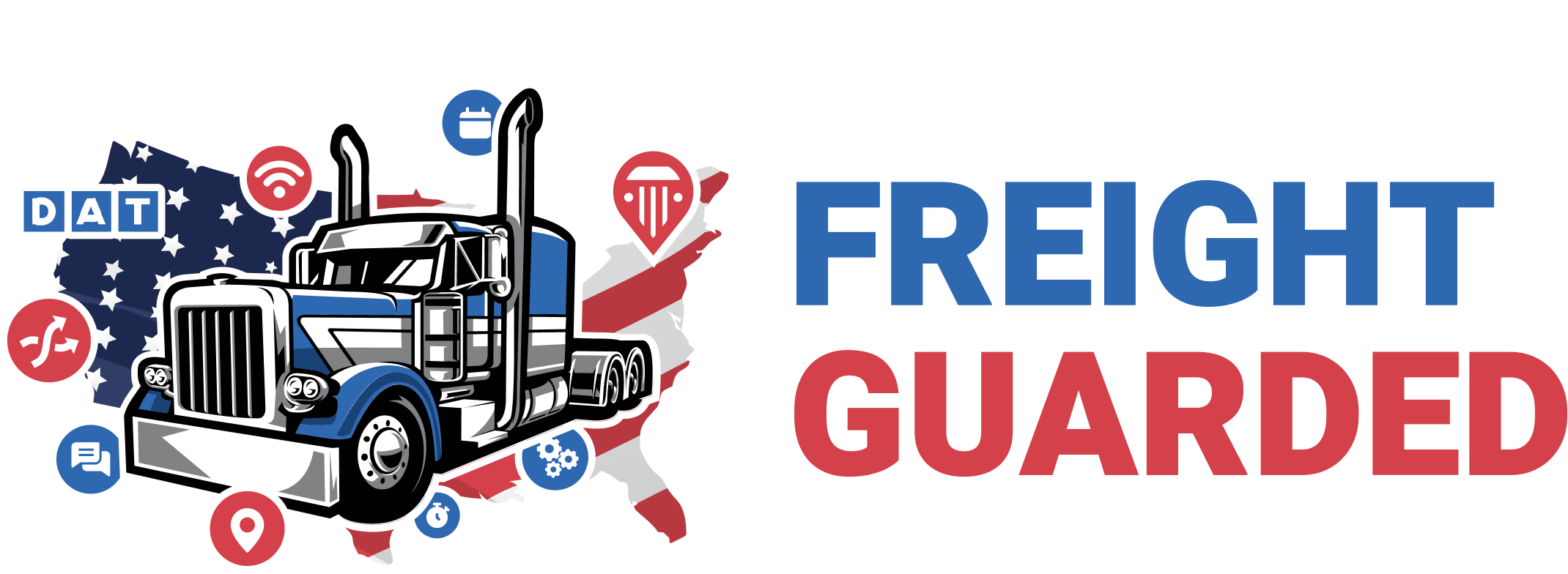In the vast and varied landscapes of the United States, winter brings a picturesque blanket of snow to many regions, transforming highways and roads into potentially perilous paths for travelers and commercial transport alike. The advent of icy conditions and snow-covered roads presents a formidable challenge to maintaining the safety and efficiency of transportation, particularly for commercial motor vehicles (CMVs). It is in this context that tire chains emerge as not just a tool, but a critical necessity for navigating the winter months.
- California has a well-defined requirement for tire chains in the mountain areas during winter storms. The state uses a system of signs and alerts to indicate when chains are required, with different levels of requirement depending on conditions (R1, R2, R3).
- Colorado mandates the use of tire chains or alternative traction devices for commercial vehicles on certain segments of highways during winter months, typically from September through May. The state also has a "chain law" that can be activated during severe winter storms.
- Oregon requires chains or traction tires under certain conditions. The state enforces chain requirements more rigorously for trucks and commercial vehicles, especially on routes through mountain passes.
- Washington State may require chains on vehicles in mountainous areas during winter storms. Commercial vehicles are often subject to stricter regulations compared to passenger vehicles.
- Nevada has chain requirements that can be activated during winter weather conditions, particularly in areas prone to snow and ice.
- Utah requires chains or adequate snow tires on certain routes during winter weather conditions. The state pays special attention to mountain passes and areas known for heavy snowfall.
- Idaho mandates the use of tire chains for certain types of vehicles during adverse winter weather conditions in specified areas.
- Wyoming has chain laws that can be enforced during severe winter weather conditions, particularly on Interstate 80, a critical route for commercial transportation.
- Montana may require the use of tire chains for vehicles in certain conditions, particularly in mountainous regions and during severe winter storms.
- New Mexico's chain requirements are typically enforced during winter weather conditions in mountainous areas and higher elevations.
Enhancing Traction and Safety
The primary benefit of tire chains lies in their ability to significantly improve traction on snow and ice-covered surfaces. This increased grip is essential for preventing the common hazards of winter driving: skidding, sliding, and loss of control. For CMVs, which are responsible for transporting a significant portion of goods and services across the country, maintaining control is not just about safety; it's about ensuring the reliability of supply chains that millions of Americans depend on.
Legal Requirements and Compliance
Recognizing the importance of tire chains, several states across the U.S. have implemented laws mandating their use under certain winter weather conditions. States like California, Colorado, and Oregon, known for their mountain passes and snowy conditions, have clear regulations in place. These laws not only outline when and where chains must be used but also specify the types of vehicles that are subject to these requirements. Failure to comply can lead to fines, but more importantly, it can put the driver and others on the road at significant risk.
Economic Implications and Operational Continuity
The economic implications of halted transportation due to winter weather can be severe. Delays or accidents caused by inadequate preparation for snow and ice can disrupt supply chains, leading to shortages and financial losses. Tire chains enable CMVs to continue operating in adverse conditions, mitigating the risk of such disruptions. This continuity is especially critical for time-sensitive deliveries and industries reliant on just-in-time supply chains.
Insurance and Liability Considerations
The use of tire chains also plays a role in the broader context of risk management and insurance. Carriers that equip their fleets with chains and train their drivers in their proper use demonstrate a commitment to safety that can be favorably viewed by insurance providers. This proactive approach to risk management can potentially lead to reduced insurance premiums and lower liability in the event of an accident.
Education and Proper Usage
The effectiveness of tire chains is contingent upon their correct installation and use. Comprehensive training for drivers is essential, ensuring that chains are not only available but also used effectively. This education extends beyond the mechanics of installation to include best practices for driving with chains, such as reducing speed and avoiding sharp maneuvers, to maximize safety and minimize wear on both the chains and the road surface.

.thumb.jpg.79710ba0be5a9f3be83fb45bcaf36e79.jpg)